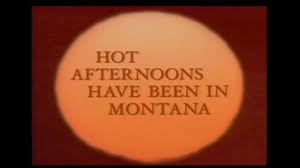It’s taken me much too long to read it, but I’m so glad to have read it! This amazing, stirring, complex, passionately-written novel has gotten into me as hardly any other has for a very long time….
Hugo’s desire to see what people feel, and describe this with such kind perception, such tenderness, moves me. I’ll point to some passages and comment on why I feel they’re beautiful, in keeping with this great principle of Aesthetic Realism, stated by its founder, Eli Siegel: “All beauty is a making one of opposites, and the making one of opposites is what we are going after in ourselves.”
Stay tuned!
